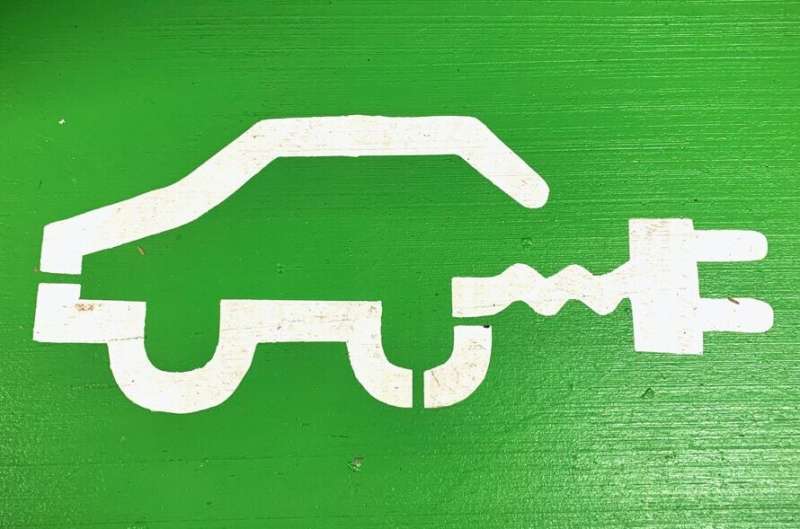As the push for electric vehicles (EVs) intensifies, a new challenge has emerged: charging reliability. This article explores the evolving landscape of EV charging infrastructure, addressing the key issues drivers face and the strategies needed to create a seamless charging experience. It highlights the importance of improving maintenance, uptime, and collaboration between automakers, charging providers, and policymakers to unlock widespread confidence in EV adoption. With insights from research and industry experts, this blog post offers a comprehensive look at the future of EV charging and its impact on the transition to sustainable transportation. Electric vehicles, EV charging infrastructure

Navigating the Charging Conundrum: Reliability is Key
As the Biden administration and policymakers push for wider EV adoption, a critical concern has emerged: the reliability of the charging infrastructure. While the number of public charging ports has doubled over the past four years, reaching 192,000 nationwide as of August 2024, the user experience remains a significant hurdle.
Research has shown that nearly 30% of public non-Tesla fast chargers in the Bay Area didn’t work, and a national study in 2023 using AI models to analyze driver reviews found similar issues. These findings highlight the need for more robust maintenance and monitoring systems across charging networks. Federal guidelines require an average annual ‘uptime,’ or functional time, greater than 97%, but this metric doesn’t always capture the full picture, as it often excludes factors like slow charging speeds or incomplete charges that degrade the user experience.
Moreover, drivers face a range of other challenges, from technical barriers in payment processing and vehicle-charger communication to local obstacles like long lines and chargers blocked by other vehicles. As the demand for EVs continues to grow, it’s clear that the charging experience must keep pace to unlock widespread confidence and adoption.
Empowering EV Drivers: Addressing Charging Pain Points
To ensure that the charging ecosystem truly supports the needs of all EV drivers, policymakers and industry leaders must address the specific pain points that have emerged.
A study conducted by the University of California, Davis, in collaboration with the California Energy Commission, has shed light on the range of charging obstacles faced by drivers. The researchers found that just over 70% of charge attempts were successful, with issues such as traffic congestion at charging stations, damaged or offline chargers, navigation app challenges, and malfunctioning chargers causing failed charges.
To address these challenges, the researchers recommend several key strategies:
– Stricter oversight of charger maintenance to ensure reliability
– More robust uptime requirements that reflect real-world performance
– Better collaboration between automakers, charging-point operators, and software providers to ensure seamless vehicle-charger integration
By focusing on these areas, the future of EV adoption can be unlocked, as drivers gain confidence in the reliability and accessibility of the charging infrastructure.
Charging Ahead: Unlocking the Potential of EV Adoption
As the transition to electric vehicles continues to gain momentum, the charging infrastructure has become a critical battleground. The Biden administration’s investments in building charging networks and the industry’s advancements in charging technology, such as the shift to the ISO 15118 standard and the opening of Tesla’s Supercharger network to non-Tesla vehicles, are significant steps forward.
However, the success of this transition hinges on addressing the specific pain points that EV drivers face. By prioritizing reliability, accessibility, and seamless integration, policymakers and industry leaders can create a charging ecosystem that truly supports the needs of all EV owners.
The future of EV adoption depends not just on the sheer number of chargers available, but on the user experience at every step. By addressing these challenges and fostering collaboration across the industry, we can unlock the full potential of electric vehicles and accelerate the shift towards a more sustainable transportation future.
